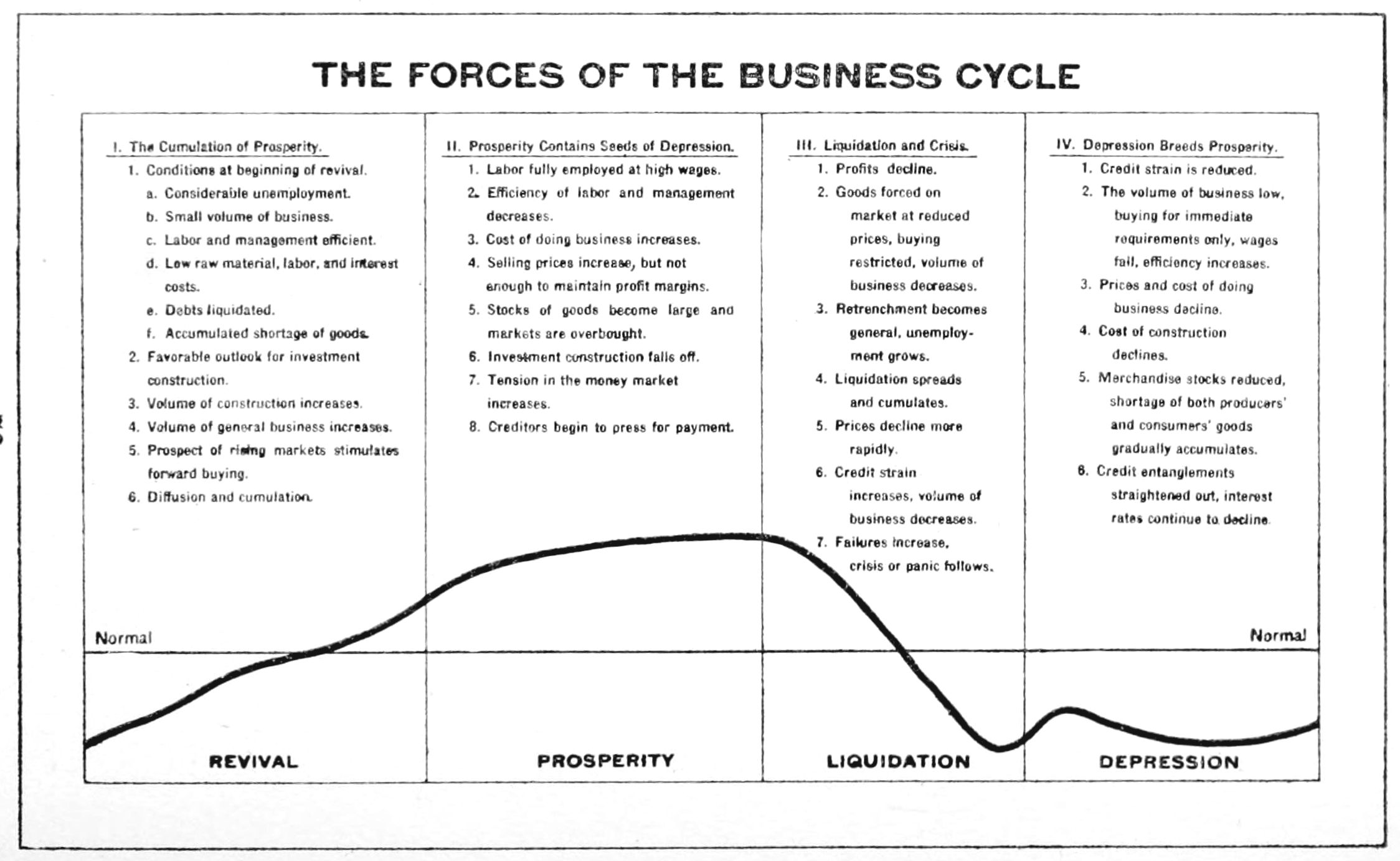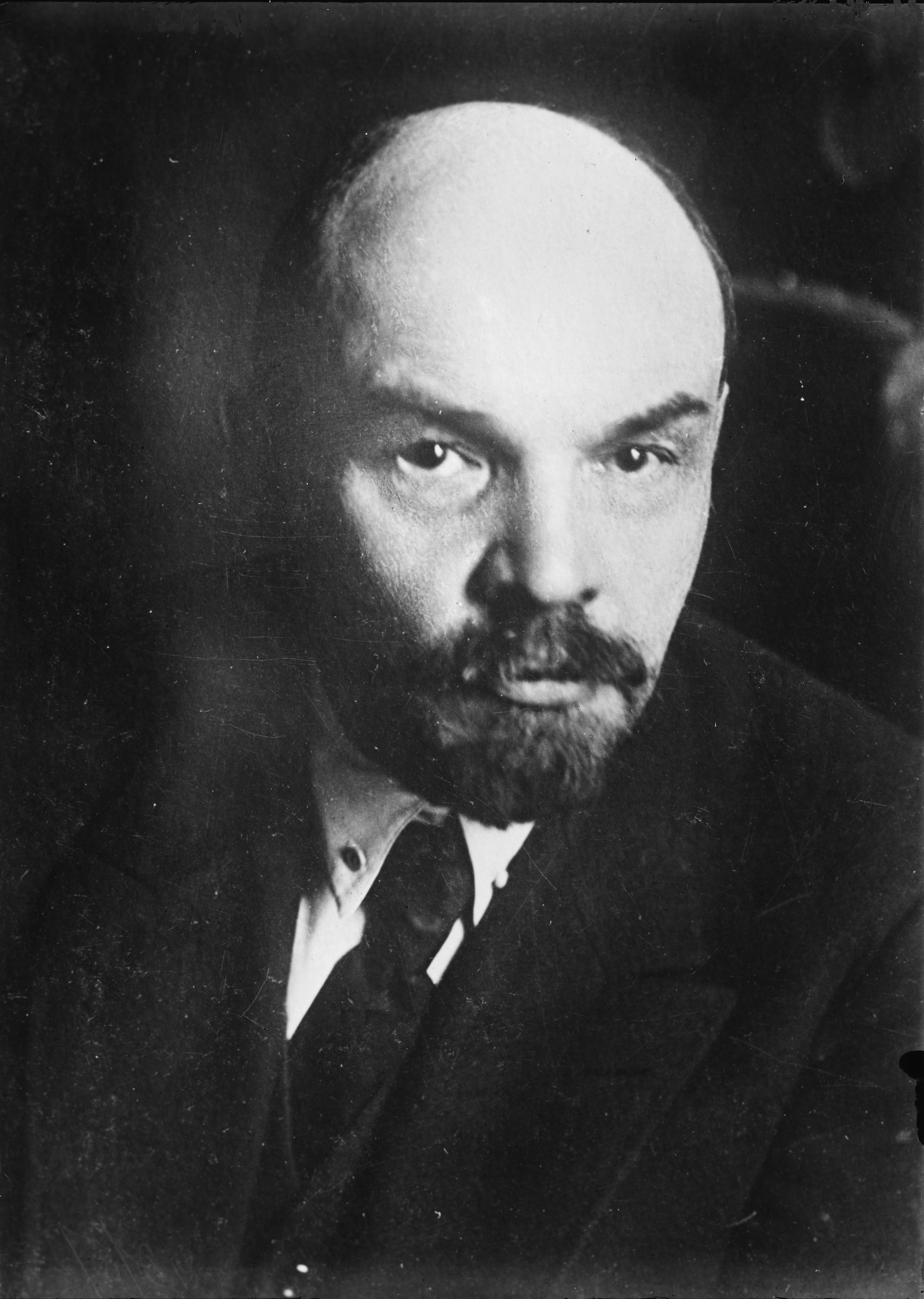|
Institute Of Conjuncture
The Institute of Conjuncture was founded in Moscow in October 1920 by Nikolai Kondratiev as a center for the study of business cycles. As its first director, Kondratiev managed to develop the institute, from just a couple of scientists at its beginning, into an institution with 51 researchers in 1923. History The Institute was organized in September 1920 at the Timiryazev (Petrovsky) Agricultural Academy. By the decision of the professorial council, N. D. Kondratiev was appointed head of the institute. The staff of the institute was 5 people: the head, his deputy and three statisticians. The main goal of the institute was the theoretical study of the conjuncture and the systematic observation of its changes in the world and, in particular, in the USSR. In 1922, the first significant work of the Institute was published: N. Kondratiev's “The World Economy and its Conjuncture During and After the War”, which outlined his theory of business cycles. Since the middle of 1922, the ... [...More Info...] [...Related Items...] OR: [Wikipedia] [Google] [Baidu] |
Nikolai Kondratiev
Nikolai Dmitriyevich Kondratiev (; also Kondratieff; Russian: Никола́й Дми́триевич Кондра́тьев; 4 March 1892 – 17 September 1938) was a Russian Soviet economist and proponent of the New Economic Policy (NEP) best known for the business cycle theory known as Kondratiev waves. Kondratiev became an early leading figure of Soviet economics and promoted the NEP's system of small private free market enterprises in the Soviet Union. Kondratiev's theory that Western capitalist economies have long term (50-to-60-year) cycles of boom followed by depression gained recognition inside and outside the Soviet Union. Vincent BarnettNikolai Dmitriyevich Kondratiev Encyclopedia of Russian History, 2004, at Encyclopedia.com. Kondratiev was condemned and imprisoned in 1930 but continued to publish works until his execution during the Great Purge in 1938. Life Early life and education Nikolai Dimitrievich Kondratiev was born on 4 March 1892 in the Galuevskaya, a vil ... [...More Info...] [...Related Items...] OR: [Wikipedia] [Google] [Baidu] |
Business Cycles
Business cycles are intervals of expansion followed by recession in economic activity. These changes have implications for the welfare of the broad population as well as for private institutions. Typically business cycles are measured by examining trends in a broad economic indicator such as Real Gross Domestic Production. Business cycle fluctuations are usually characterized by general upswings and downturns in a span of macroeconomic variables. The individual episodes of expansion/recession occur with changing duration and intensity over time. Typically their periodicity has a wide range from around 2 to 10 years (the technical phrase "stochastic cycle" is often used in statistics to describe this kind of process.) As in arvey, Trimbur, and van Dijk, 2007, ''Journal of Econometrics'' such flexible knowledge about the frequency of business cycles can actually be included in their mathematical study, using a Bayesian statistical paradigm. There are numerous sources of business ... [...More Info...] [...Related Items...] OR: [Wikipedia] [Google] [Baidu] |
First Five-year Plan
The first five-year plan (russian: I пятилетний план, ) of the Union of Soviet Socialist Republics (USSR) was a list of economic goals, created by Communist Party General Secretary Joseph Stalin, based on his policy of socialism in one country. The plan was implemented in 1928 and took effect until 1932. The Soviet Union entered a series of five-year plans which began in 1928 under the rule of Joseph Stalin. Stalin launched what would later be referred to as a "revolution from above" to improve the Soviet Union's domestic policy. The policies were centered around rapid industrialization and the collectivization of agriculture. Stalin desired to remove and replace any policies created under the New Economic Policy. The plan, overall, was to transition the Soviet Union from a weak, poorly controlled, agriculture state, into an industrial powerhouse. While the vision was grand, its planning was ineffective and unrealistic given the short amount of time given to meet ... [...More Info...] [...Related Items...] OR: [Wikipedia] [Google] [Baidu] |
Ministry Of Finance (RSFSR)
The Ministry of Finance of the Russian Soviet Federative Socialist Republic (russian: Министерство финансов РСФСР), known prior to 1946 as the People's Commissariat for Finance (russian: Народный комиссариат финансов), or shortened to Narkomfin, was part of the government of the Russian Soviet Federative Socialist Republic from 1918 until the fall of the USSR in 1991. It was subordinate to the Ministry of Finance of the USSR. History The Narkomfin commissar was part of Sovnarkom. Nikolai Krestinsky was the first commissar, appointed in 1918. However, following the introduction of the New Economic Policy, Narkomfin was made responsible for Gosbank, the State Bank of the RSFSR and then the Soviet Union. On 26 November 1921, Lenin issued a note calling for the appointment of Grigory Sokolnikov, who took control of the organisation in 1922, although his formal position was not ratified until December 1922. [...More Info...] [...Related Items...] OR: [Wikipedia] [Google] [Baidu] |
Council Of People's Commissars Of The Soviet Union
The Council of People's Commissars of the Soviet Union was the highest collegial body of executive and administrative authority of the Soviet Union from 1923 to 1946. As the government of the Soviet Union, the Council of People's Commissars of the Soviet Union and the People's Commissariats led by it played a key role in such significant events for the country and society as the economic recovery after the Civil War, the New Economic Policy, agricultural collectivization, electrification, industrialization, five-year plans for the development of national economy, censorship, the fight against religion, repression and political persecution, the Gulag, the deportation of peoples, the annexation of the Baltic States and other territories by the Soviet Union, the organization of the partisan movement, the organization of industrial production in the rear during the Great Patriotic War. In 1946, it was transformed into the Council of Ministers of the Soviet Union. History The ... [...More Info...] [...Related Items...] OR: [Wikipedia] [Google] [Baidu] |
Central Statistical Directorate
The Central Statistical Administration (or Board or Directorate) (russian: Центральное Статистическое Управление), abbreviated TsSU (russian: ЦСУ), was the main statistical organization of the former Soviet Union; it was dissolved in the 1980s, replaced by Goskomstat. The Administration had the following names: :1918-1923 — Central Statistical Administration of the RSFSR (russian: Центральное статистическое управление РСФСР (ЦСУ РСФСР)), created by a decree of the Council of People's Commissars dated July 25, 1918 :1923-1926 — Central Statistical Administration of the Council of People's Commissars of the USSR (russian: Центральное статистическое управление при Совете Народных Комиссаров СССР) :1926-1930 — Central Statistical Administration of the USSR (russian: Центральное статистическое управ� ... [...More Info...] [...Related Items...] OR: [Wikipedia] [Google] [Baidu] |
Gosplan
The State Planning Committee, commonly known as Gosplan ( rus, Госплан, , ɡosˈpɫan), was the agency responsible for central economic planning in the Soviet Union. Established in 1921 and remaining in existence until the dissolution of the Soviet Union in 1991, Gosplan had as its main task the creation and administration of a series of five-year plans governing the economy of the USSR. History Economic background The time of the October Revolution and the Russian Civil War which followed was a period of virtual economic collapse. Production and distribution of necessary commodities were severely tested as factories were shuttered and major cities such as Petrograd (now Saint Petersburg) were depopulated, with urban residents returning to the countryside to claim a place in land redistribution and in order to avoid the unemployment, lack of food, and lack of fuel which had become endemic. By 1919 hyperinflation had emerged, further pushing the struggling economic syst ... [...More Info...] [...Related Items...] OR: [Wikipedia] [Google] [Baidu] |




%2C_Scientist_and_Co-worker_with_Lenin_(Birth_Centenary)).jpg)